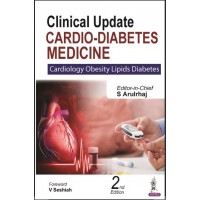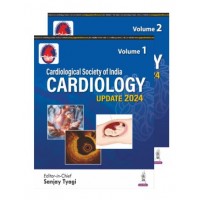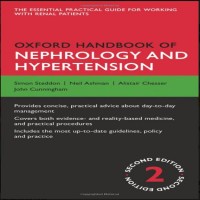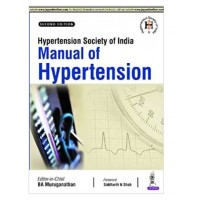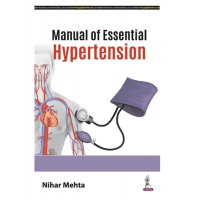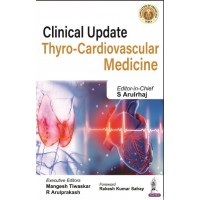This book employs a clinical case-based format to teach concepts and cement learning. Each chapter begins with an introduction and a case scenario including background, previous attempts at controlling high blood pressure, and challenges and obstacles, if any. The authors discuss treatments and interventions, as well as outcomes, and highlight clinical pearls and pitfalls. The intent of the book builds on the general evolution of education and learning styles and allows readers an opportunity to analyze data and apply concepts to authentic clinical scenarios and thus the treatment of the individual patient.
The book is divided into three sections:
- Section 1 includes a chapter describing a unique approach to hypertension management: that of redesigning an interdisciplinary primary care clinic to optimize blood pressure control. The section concludes with an assessment of the evidencebased medicine for clinical management of hypertension.
- Section 2 examines hypertension in nine special populations: patients with cardiovascular disease, stroke, chronic kidney disease, renovascular disease, diabetes, and sleep apnea; pregnant individuals; patients with white-coat hypertension; and children and adolescents.
- Section 3 describes the approach to hypertension when initial measures fail. This section includes a discussion of resistant hypertension, evaluation of secondary causes of hypertension, and hypertensive urgency and emergency.
We believe that the contributions of this textbook, authored by international and respected experts, will help students and practicing healthcare professionals better understand the vast field of hypertension and its complexities. The result of this enhanced understanding should improve the treatment and control of hypertension and its morbidity and mortality.

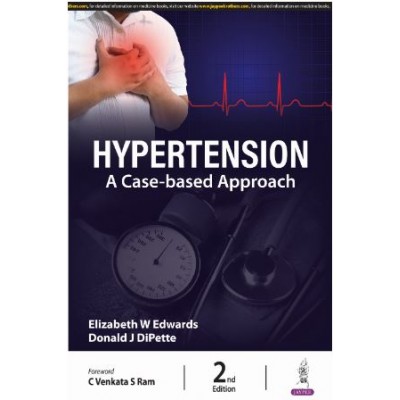
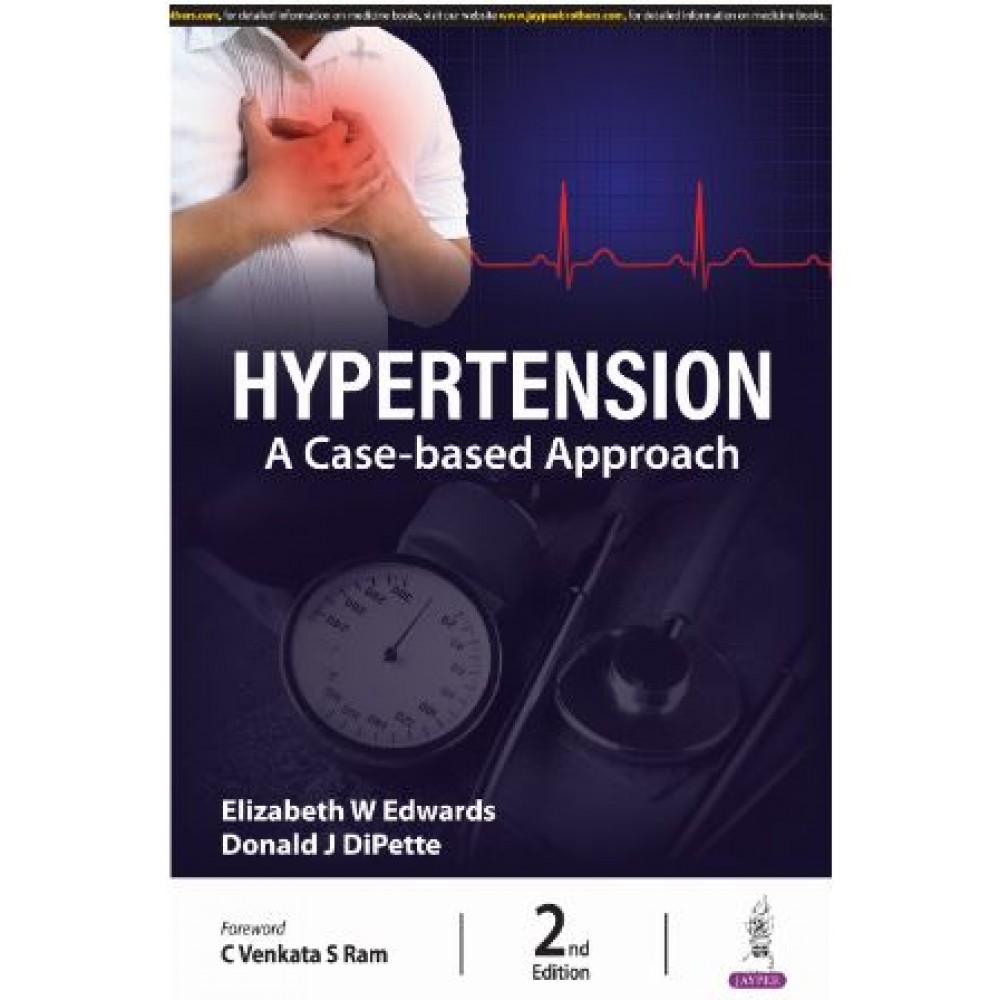
.jpg)
